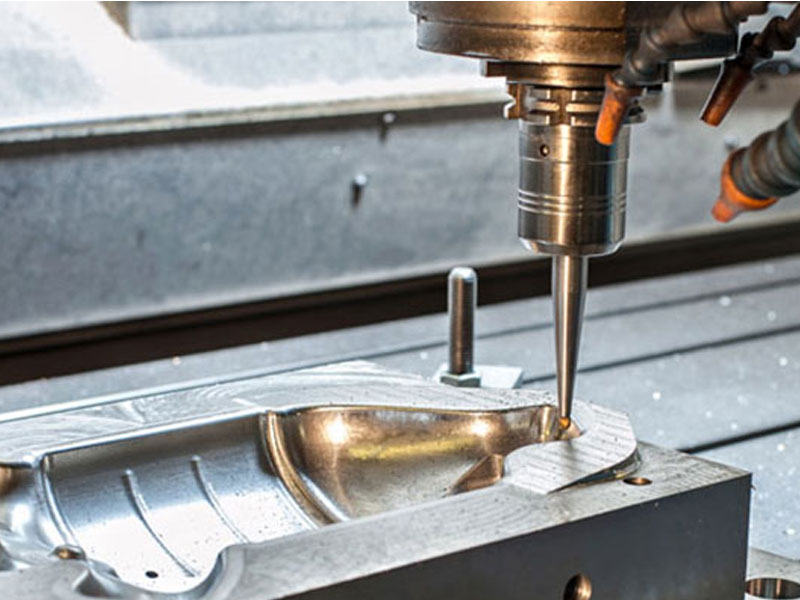The Intricate World of Diecasting: Precision in Manufacturing
The Intricate World of Diecasting: Precision in Manufacturing
Blog Article
Diecasting is a pivotal process within modern manufacturing. It has the most important role in making complicated metal parts that are produced with precision and efficiency. This method involves forcing hot metal into mold cavities, which results in components that have superior dimensional accuracy as well as excellent surfaces. In the midst of a rapid growth in industries, and as demands for quality components increases, diecasting continues to prove its value especially in industries that require the mass production of complicated parts. This article focuses on the process of diecasting and its benefits, as well as the material selections, and the wide range of applications across various sectors.
The diecasting process begins with the construction of a mold, known as a die. The mold is constructed from steel that has been hardened to withstand high pressures and temperatures. When the mold is ready Metal alloys such as magnesium, aluminum, zinc, or copper are heated up until they become molten. The molten material is put into the mold under the highest pressure to ensure it completely fills the mold including intricate segments and the thin walls. Pressure is maintained until the material has solidified, and at that point, the mold opens, and then the new part is then ejected. The process is high-pressure, which ensures the final product is precise, with minimal need for extra machining or final.
One of the most significant benefits of diecasting is its effectiveness in mass production. When the dies are made it is possible to make thousands of similar parts with minimal variation. This degree of precision is vital for companies which require huge quantities of identical parts. Additionally, diecasting is known as a material that is efficient. The process generates minimal pollution, since excess metal can be recycled and reused for subsequent casting cycles. This not only reduces costs for materials, but it also encourages sustainable manufacturing practices by minimizing the use of resources and reducing waste. A combination of productivity, speed of production of the material, and high efficiency make diecasting an attractive option for companies looking to improve their manufacturing processes.
Diecasting is widely utilized across diverse industries due to its versatility and the range of different materials utilized. For the automotive sector diecast parts are vital for producing components such as engine blocks, transmission case and other structural components. The aerospace industry relies on diecasting for lightweight robust parts with high strength that can stand up to the rigorous conditions of flying. In the field of consumer electronics, diecast parts are utilized for frames and frames that provide high-quality and precise devices. Diecasting's range of applications extends to applications in the communications, medical, and power tools industries which shows its wide-ranging significance and utility. To receive new details please check out Senadiecasting
Diecasting's capabilities extend to its many uses across various industries. For instance, in the automobile industry diecasting components are crucial to the design of motors, transmissions and structural parts, contributing in the creation of lighter, more fuel-efficient vehicles. In the electronic sector the use of diecasting can be used to manufacture heat sinks, connectors and housings, ensuring optimal thermal management and longevity for electronic devices. Consumer goods also benefit from diecasting with applications ranging from appliances for the home to power tools and toys. Diecasting's ability to adapt to different metals and its ability to manufacture parts with intricate design make it ideal for a variety of applications, each profiting from the distinctive advantages that diecasting offers.
Diecasting stands at the top of manufacturing technology, offering a blend of precision, efficiency, and versatility that is unmatched by other manufacturing processes. Its capability to manufacture sophisticated, high-quality parts with excellent mechanical properties makes it essential in various industries, from automotive to consumer electronics. The effectiveness and savings in material associated with diecasting underscore its value in high-volume production, while its adaptability allows it to meet the evolving demands of modern manufacturing. While industries push limits of innovation and productivity, diecasting is expected to remain a critical tool, providing the basis for advancements, and also facilitating the production of cutting-edge products which shape the world.